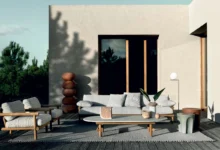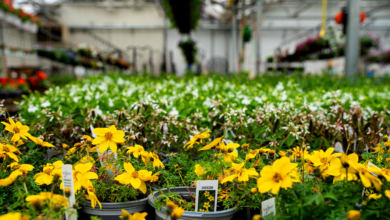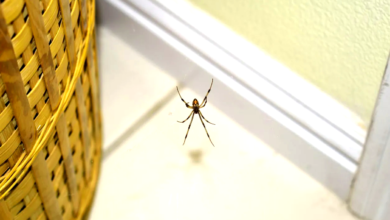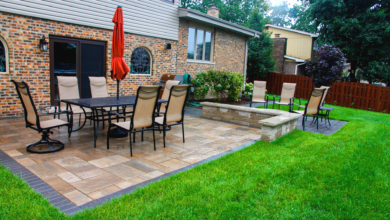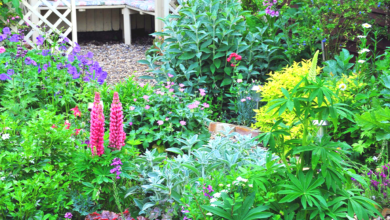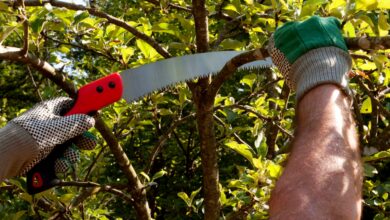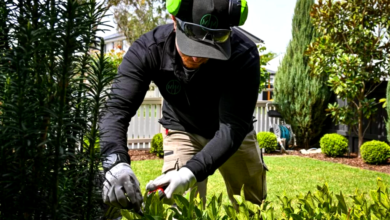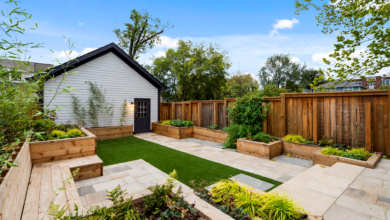How to Install Artificial Turf in Your Backyard
This detailed guide will walk you through everything you need to know to install artificial turf like a pro.

If you’re tired of mowing, watering, and fertilizing your natural grass lawn, it might be time to install artificial turf in your backyard. Synthetic grass has become a popular landscaping option for homeowners looking for a low-maintenance, eco-friendly alternative that stays green all year round. This detailed guide will walk you through everything you need to know to install artificial turf like a pro.
Why Choose Artificial Turf?
Before diving into how to install artificial turf, let’s explore why it’s a great choice:
- Low Maintenance: No mowing, watering, or fertilizing required.
- Eco-Friendly: Reduces water usage and eliminates the need for harmful pesticides.
- Durability: Designed to withstand heavy foot traffic and various weather conditions.
- Aesthetics: Maintains a lush, green look all year round.
- Cost-Effective Over Time: While the initial investment may be high, long-term savings on water and maintenance make it worthwhile.
Tools and Materials Needed
Before you start the process to install artificial turf, gather the following tools and materials:
- Artificial turf rolls
- Turf cutter or utility knife
- Shovel and rake
- Wheelbarrow
- Plate compactor
- Landscape fabric
- Weed barrier
- Gravel and decomposed granite or crushed rock
- Turf adhesive or turf nails
- Seaming tape
- Infill material (e.g., silica sand or crumb rubber)
- Broom or power brush
Step-by-Step Guide to Install Artificial Turf
Step 1: Planning and Measuring
Measure the area where you plan to install artificial turf. Use a measuring tape to determine the length and width, and calculate the square footage. Sketch a simple diagram of the area, noting any obstacles such as trees, pathways, or garden beds.
Pro Tip: Order about 10% more turf than your actual measurements to account for mistakes and trimming.
Step 2: Preparing the Ground
- Clear the Area: Remove any existing grass, weeds, or debris using a shovel, hoe, or sod cutter.
- Excavate: Dig down 3 to 4 inches to make room for the base materials.
- Grade the Soil: Make sure the ground slopes slightly for drainage. Use a rake to smooth the surface.
- Install a Weed Barrier: Lay down landscape fabric or a weed barrier to prevent vegetation from growing through the turf.
Step 3: Installing the Base Layer
- Add Gravel Base: Spread 2 to 3 inches of crushed rock or decomposed granite evenly over the area.
- Compact the Base: Use a plate compactor to compress the base layer, ensuring it is level and firm.
- Add a Layer of Sand (optional): Some homeowners choose to add a thin layer of sand for additional stability and drainage.
Step 4: Rolling Out the Turf
- Lay the Turf: Roll out the artificial turf over the prepared area. Let it sit in the sun for a couple of hours to allow it to expand and settle.
- Trim Edges: Use a sharp utility knife to trim the edges to fit the area perfectly.
- Seam the Turf: If more than one roll is needed, use seaming tape and turf adhesive or nails to join the pieces together.
Step 5: Securing the Turf
- Secure the Edges: Use turf nails or landscape staples every 6 to 8 inches along the perimeter to keep the turf in place.
- Add Infill Material: Spread the infill material evenly using a drop spreader. The infill helps weigh down the turf, supports the grass blades, and improves drainage.
- Brush the Turf: Use a stiff broom or power brush to lift the grass blades and evenly distribute the infill.
Step 6: Final Touches
- Inspect and Adjust: Walk around the turf and check for any uneven areas or seams that need additional attention.
- Clean Up: Remove excess materials, tools, and debris from the site.
Maintenance Tips for Artificial Turf
Even though it’s low-maintenance, artificial turf still requires occasional care:
- Regular Brushing: Helps maintain upright grass blades.
- Rinsing: Use a hose to remove dust and debris.
- Stain Removal: Clean spills promptly with water and mild soap.
- Pet Waste: Pick up solid waste and rinse the area with water or a pet-friendly cleaner.
Cost to Install Artificial Turf
The cost can vary depending on the quality of materials and size of your yard:
- DIY Installation: $5 to $10 per square foot
- Professional Installation: $10 to $20 per square foot
While the upfront cost may seem steep, the long-term savings in water bills, lawn care, and maintenance supplies make it a smart investment.
Common Mistakes to Avoid
- Skipping the Weed Barrier: Leads to unwanted plant growth.
- Poor Drainage Planning: Can result in pooling water.
- Incorrect Base Compaction: Causes uneven surfaces.
- Improper Seaming: Creates visible lines and weak spots.
Eco-Friendly Benefits of Installing Artificial Turf
When you install artificial turf, you contribute to environmental sustainability:
- Water Conservation: Significant reduction in outdoor water use.
- Eliminates Pesticides: No need for chemical lawn treatments.
- Reduces Carbon Footprint: No gas-powered mowing or trimming.
FAQs About Artificial Turf Installation
Q: Can I install artificial turf on my own?
A: Yes, with the right tools and preparation, it’s a doable DIY project.
Q: How long does artificial turf last?
A: Typically 15 to 20 years with proper care.
Q: Is artificial turf safe for kids and pets?
A: Yes, most turf products are non-toxic and pet-friendly.
Q: Can I install artificial turf over concrete?
A: Yes, but you’ll need to ensure proper drainage and secure installation.
Conclusion
Learning how to install artificial turf in your backyard can transform your outdoor space into a beautiful, functional, and maintenance-free haven. With proper planning, the right tools, and careful execution, you can enjoy a lush green lawn all year round without the hassle. Whether you’re a DIY enthusiast or considering hiring a professional, understanding the process of artificial turf installation helps you make informed decisions that will benefit your home and lifestyle for years to come.
So, roll up your sleeves and start your journey to install artificial turf—your future self will thank you!
